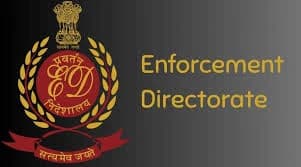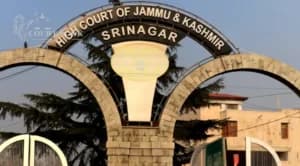The Supreme Court recently acquitted an accused in a criminal case, emphasizing that a Test Identification Parade (TIP) loses its evidentiary value if the witness identifying the accused is not examined during the trial. The case in question involved a dacoity incident where the trial court and High Court had convicted the appellant based on a TIP. However, the Supreme Court overturned this conviction, ruling that the identification was unreliable without the testimony of the witnesses who participated in the TIP.
The Supreme Court noted that a TIP is only a corroborative piece of evidence and cannot serve as primary proof of identification. The Court explained:
“If the witness who identified a person or an article in the TIP is not examined during trial, the TIP report, which may be useful to corroborate or contradict the witness, loses its evidentiary value for the purpose of identification.”
The Court further stressed that unless a witness submits themselves for cross-examination, it is impossible to verify how they identified the accused. There is a possibility that the witness may have been influenced or that the accused was shown to them before the TIP.
Read Also:- Right to Speedy Trial: Supreme Court Grants Bail in UAPA Case
Case Background
The case, Vinod @ Nasmulla vs. The State of Chhattisgarh, involved an incident on September 28, 1993, where a moving bus was stopped at gunpoint and passengers were robbed. The prosecution alleged that the appellant was among the robbers. The appellant was arrested the following night and subjected to a TIP, where two out of three witnesses identified him.
However, none of these witnesses were called to testify during the trial. Instead, the conviction was based on the testimony of another witness, PW-9, who had not participated in the TIP but identified the appellant in court.
Key Observations by the Supreme Court
The Supreme Court examined the credibility of the evidence presented against the accused and made the following crucial observations:
- Absence of TIP Witnesses in Trial:
- The three individuals who identified the accused in the TIP (bus driver, cleaner, and conductor) were not examined in court.
- This meant the TIP could not be used to corroborate or contradict any witness, making it unreliable.
- Doubt Over Sole Identification Witness (PW-9):
- PW-9, a police personnel, was the only witness who identified the accused in court.
- He did not participate in the TIP, raising doubts about the authenticity of his identification.
- PW-9 admitted he had seen the accused before, further weakening his credibility.
- No Recovery of Looted Items:
- No stolen items were recovered from the accused or linked to him.
- The weapon allegedly recovered from the accused was not forensically linked to the crime scene.
- Questionable Arrest Procedure:
- The appellant was allegedly arrested at 3 AM while hiding in bushes, but the circumstances seemed highly doubtful.
- The Court questioned why a man carrying a loaded pistol would not attempt to escape or resist arrest.
- Delay in Producing Evidence:
- The seizure memo of the alleged firearm was prepared nine hours after the arrest.
- The Court found this delay suspicious and cast doubt on the authenticity of the weapon’s recovery.
Read Also:- 26 Principles on Compassionate Appointment: Supreme Court’s Clarification
Considering these inconsistencies, the Supreme Court set aside the conviction and acquitted the accused, stating:
“The prosecution has failed to prove guilt beyond a reasonable doubt. The appellant is entitled to the benefit of the doubt.”
The Court also discharged the accused's bail bond and ordered that he need not surrender.
Test Identification Parade is Not Substantive Evidence: A TIP only supports a witness’s in-court identification but cannot stand alone as evidence.
Cross-Examination of TIP Witnesses is Essential: If a witness identifies an accused in a TIP but is not called to testify in court, the TIP loses its legal value.
Doubtful Arrests and Lack of Evidence Can Weaken Prosecution’s Case: If the manner of arrest is questionable and there is no recovery of stolen items, the benefit of the doubt should go to the accused.
Court Cannot Ignore Weaknesses in Evidence:
The Supreme Court warned that courts must not accept prosecution evidence without proper scrutiny, especially in serious offenses like dacoity.














